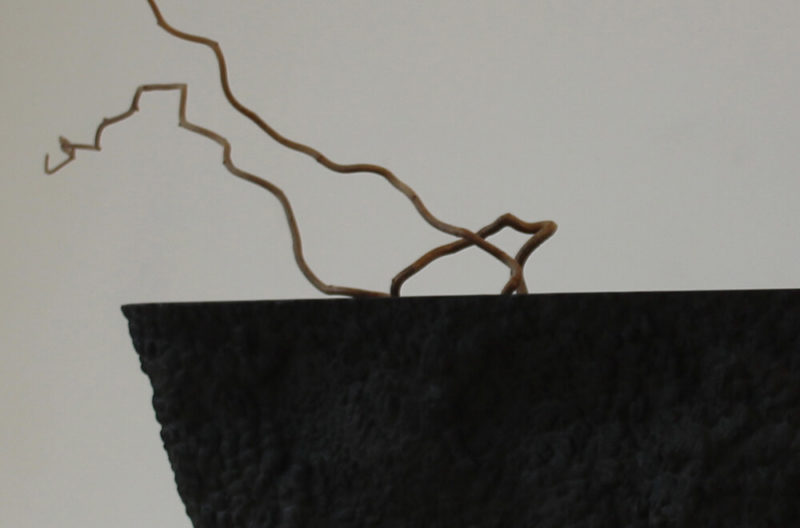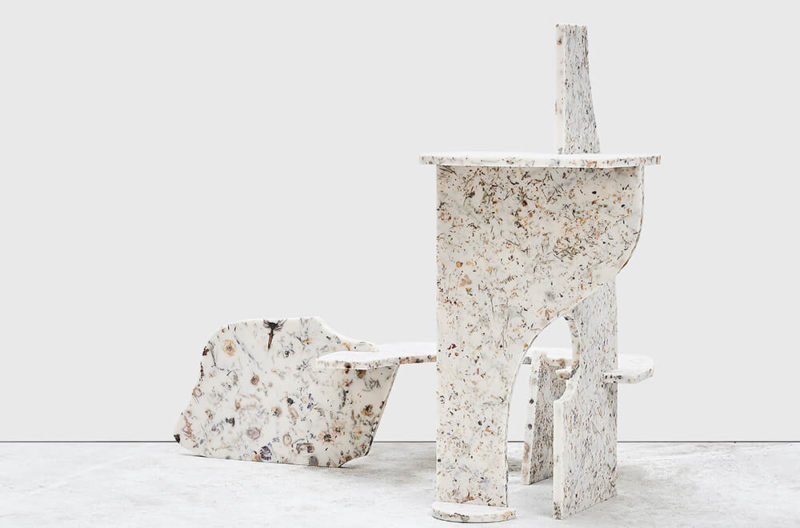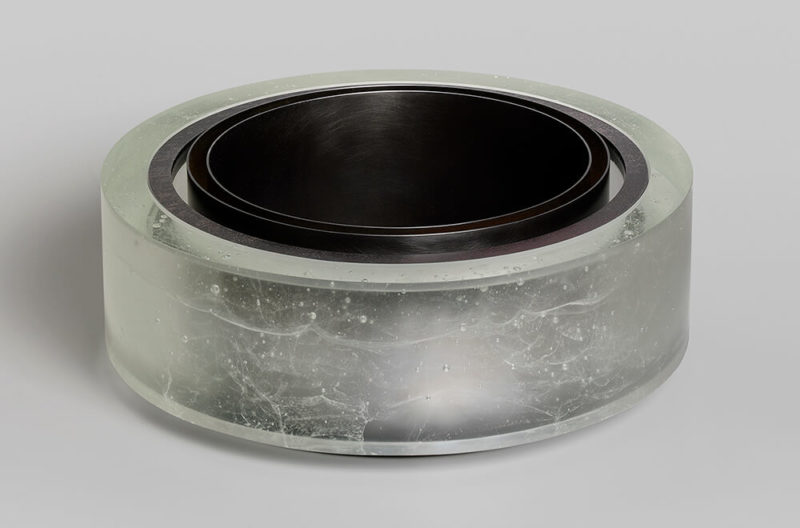Rebecca Willer
Her passion for design, honed aesthetic and approach to living with beautiful objects are all encapsulated in Willer - the gallery sought out by interior designers and architects worldwide.
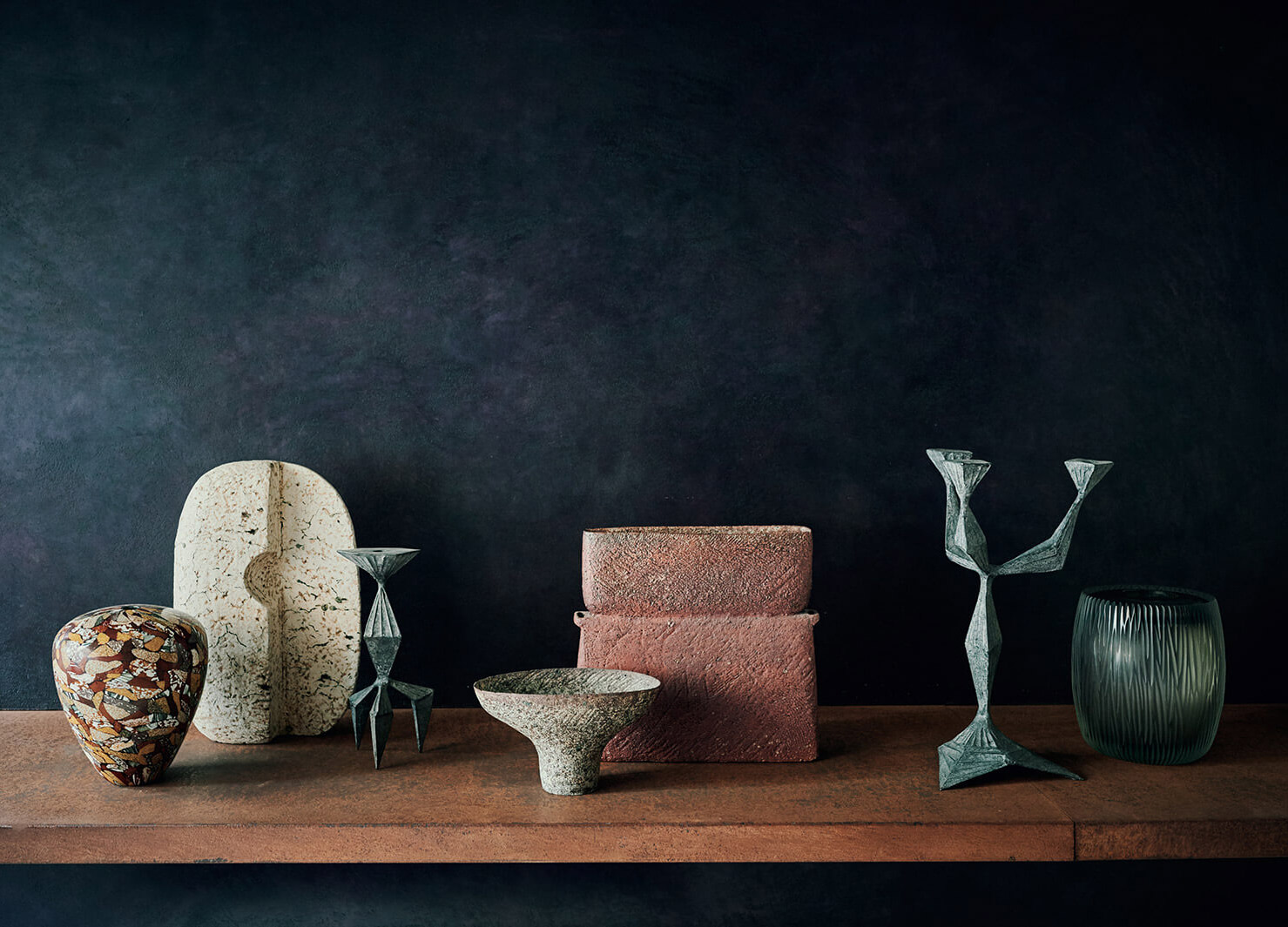
From left to right: Massimo Micheluzzi, murano glass; Paul-Philp, ceramics; Lynn Chadwick, bronze candelabras; Massimo Micheluzzi, murano glass
PHOTOGRAPH: Sarah Weal
AT REBECCA WILLER’S London gallery Willer – a hidden gem on Holland Street, off Kensington Church Street – the contemporary and antique ceramics, glassware and furniture on display stand out more for their subtle variations in texture and tone than for their colour. The pieces’ predominantly neutral hues and organic forms are complemented by natural light filtering into the space.
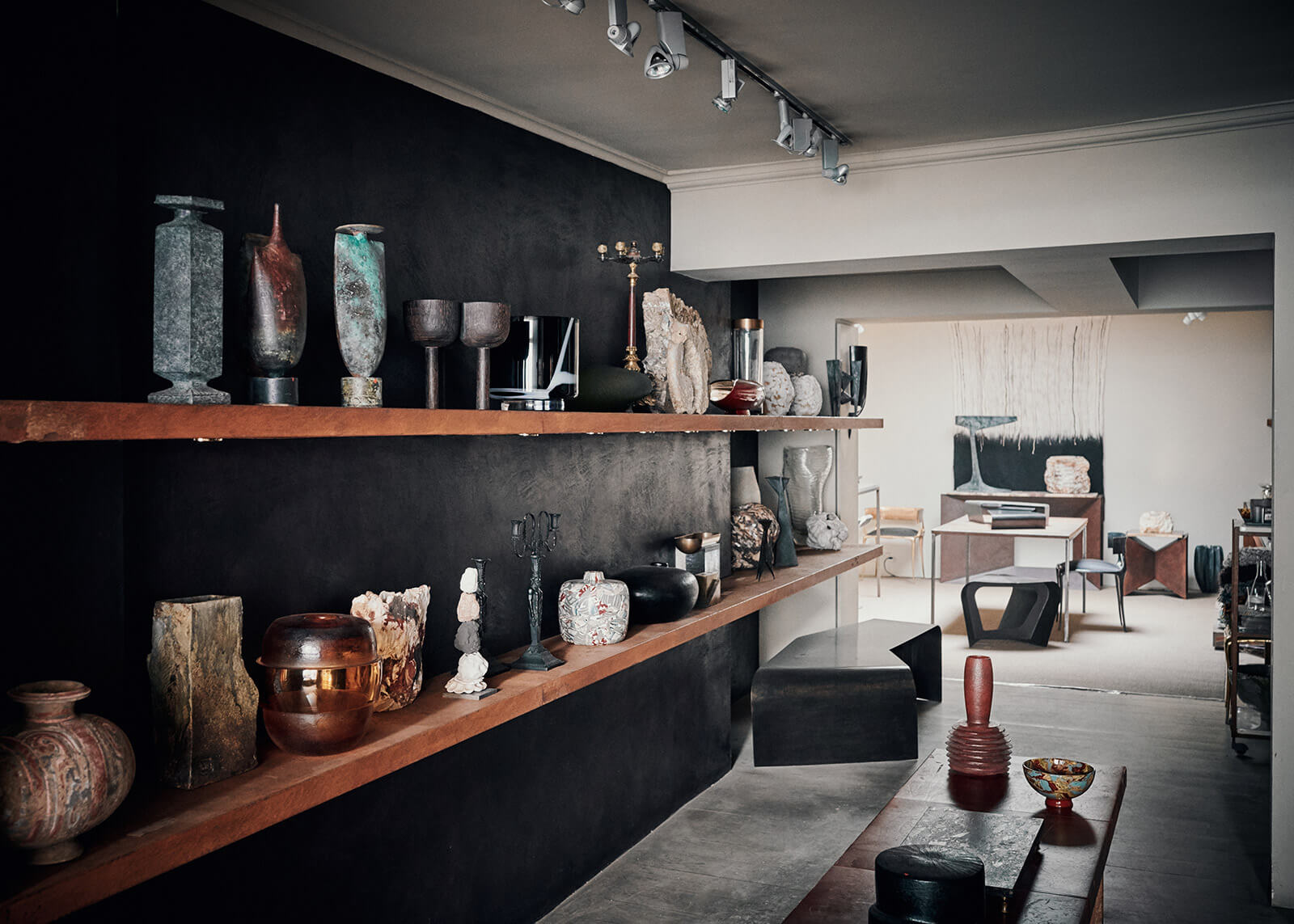
Gallery interior
PHOTOGRAPH: Sarah Weal
The gallery’s atmospheric interior, carefully designed by Willer and her friend, artist and stage designer Es Devlin, enhances this emphasis on texture and muted colour: Venetian plaster walls in an aubergine shade form the backdrop to cantilevered steel shelves with a patinated, rusted finish.
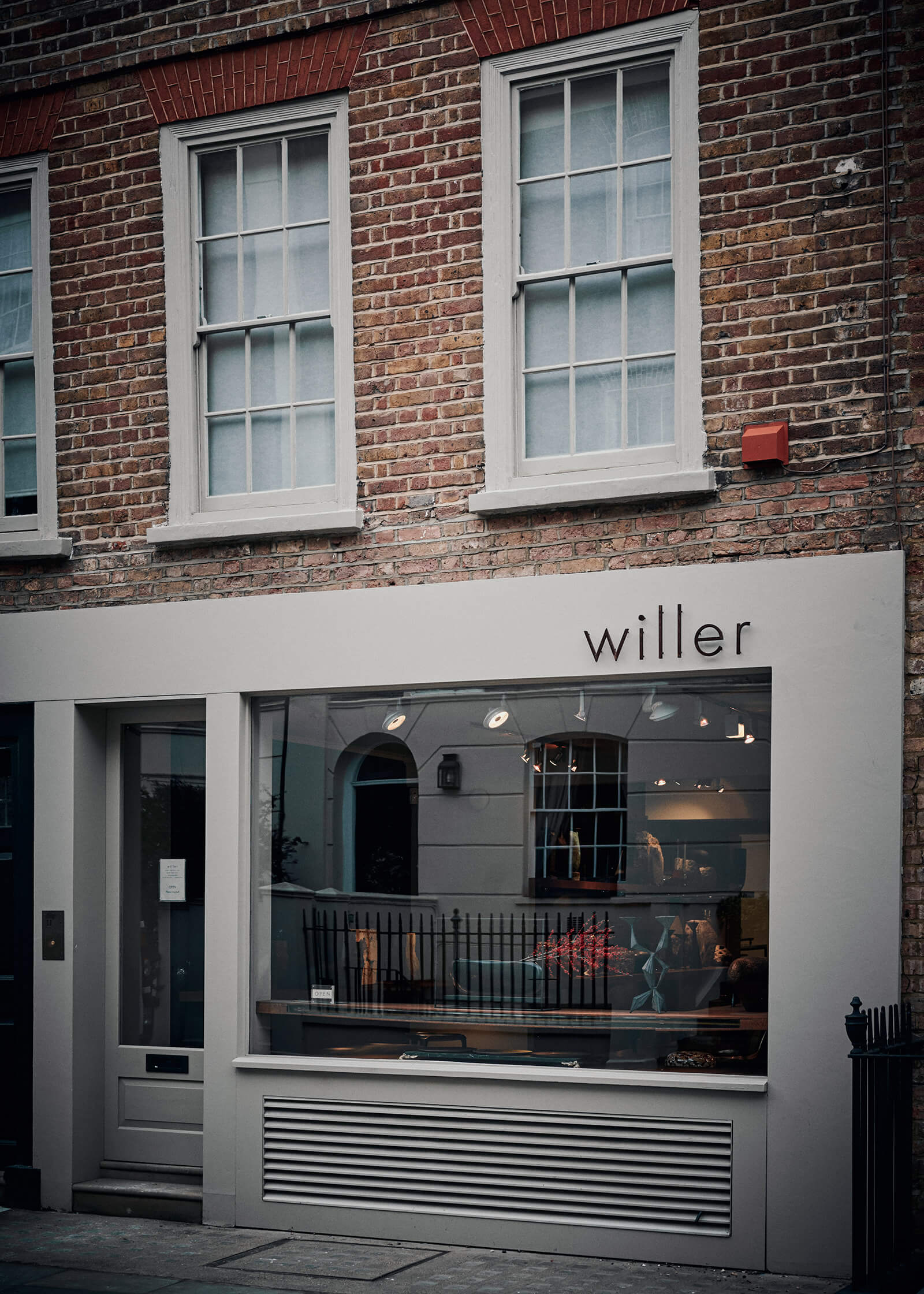
Gallery exterior
PHOTOGRAPH: Sarah Weal
By contrast, the exterior of the gallery on leafy Holland Street, where Arts and Crafts artist Walter Crane and novelist Radclyffe Hall once lived, has a more contemporary look, its sign ‘willer’ discreetly spelt in lower case. This might seem at odds with the primitivist forms of many of the pieces within – for example, 20th century sculptor Lynn Chadwick’s jagged, patinated bronze candelabra – but the gallery’s philosophy hinges on a belief that old and new can coexist harmoniously. “I believe that if things are timeless and beautiful they sit together well, however different they are,” says Willer, who was born in the US and moved to London in 1971.
Willer sums up her philosophy thus: “How do we live with beautiful things without them ruling us? How can we incorporate them into our 21st century lives without creating a museum, or pastiche way of life?” The space’s open shelves deliberately reflect this view: “I was determined that the pieces weren’t behind glass – the antithesis of how objects were displayed in vitrines at Fulham Road shop Oggetti in the 1980s. It’s important for me that people can pick them up, touch them, understand them.”
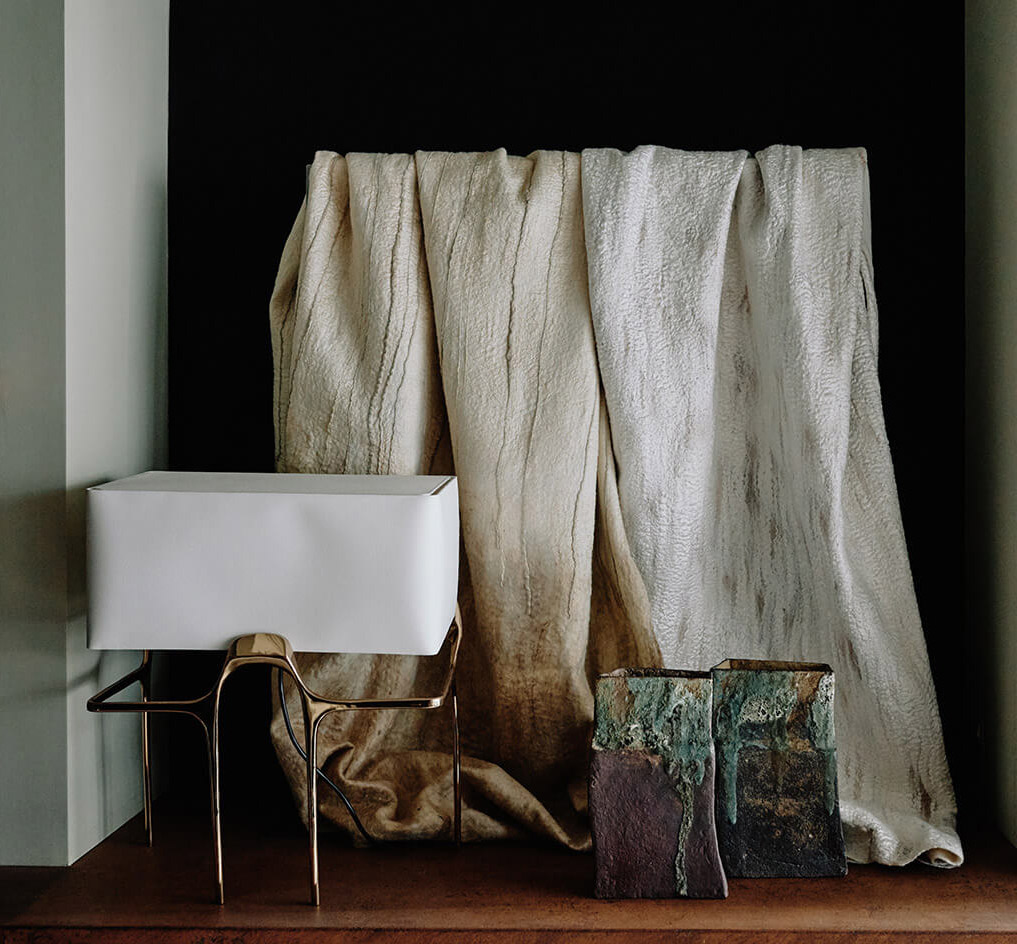
From left to right: Ty Best, ‘Flint’ table lamp; Claudy Jongstra, throws; Paul-Philp, ceramics
PHOTOGRAPH: Sarah Weal
On Willer’s wide shelves, bulbous jars from China’s Han Dynasty (206 BC-220 AD) are artfully juxtaposed with such contemporary objects as Paul Philp’s asymmetric pots hand-built using a mix of clays and Masuda Hiromi’s hand-blown glassware. Elsewhere, there are Claudy Jongstra’s felted silk and wool throws arranged in neat piles and Mathilde Pénicaud’s ‘Turbule’ lamps with spiralling concrete and steel bases. The gallery also sells a vast array of tableware, including Limoges porcelain, Italian stoneware and Murano crystal glasses.
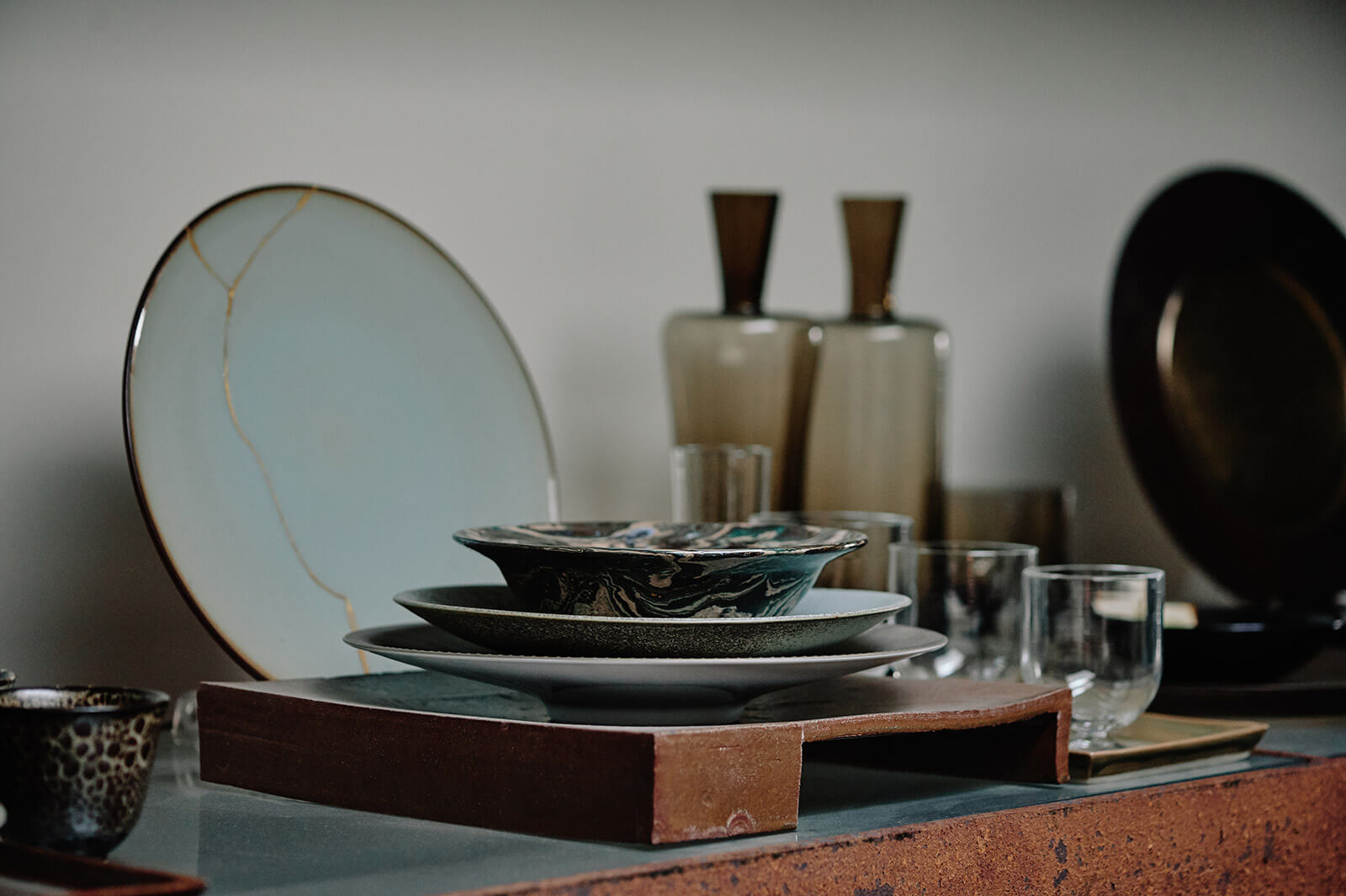
Selection of bespoke tableware and glassware
PHOTOGRAPH: Sarah Weal
“I hate the word ‘eclectic’, but what I have is an eclectic mix,” she says. Such variety is surely a boon to her customers. “We work a lot with interior designers and architects to help them select things for their projects,” she explains. “They often require bespoke pieces, so I enable this by developing them with our artists.”
Rebecca Willer is strikingly chic – habitually dressed in Issey Miyake and sporting figure-of-eight Maison Bonnet glasses – with a formidable presence that belies her self-effacing manner. “Ultimately my business is about all this extraordinary work not about me, although I accept that the glue that brings it together is my eye and aesthetic.” She tells me that her ‘heroine’ is writer and fashion designer Pauline de Rothschild, wife of playboy Baron Philippe de Rothschild, who decorated the living room and blue library at Château Mouton Rothschild, their home in France in the 1960s. “She had a very personal vision with not a modern thing in sight. But her juxtaposition of things looked incredibly modern,” says Willer.
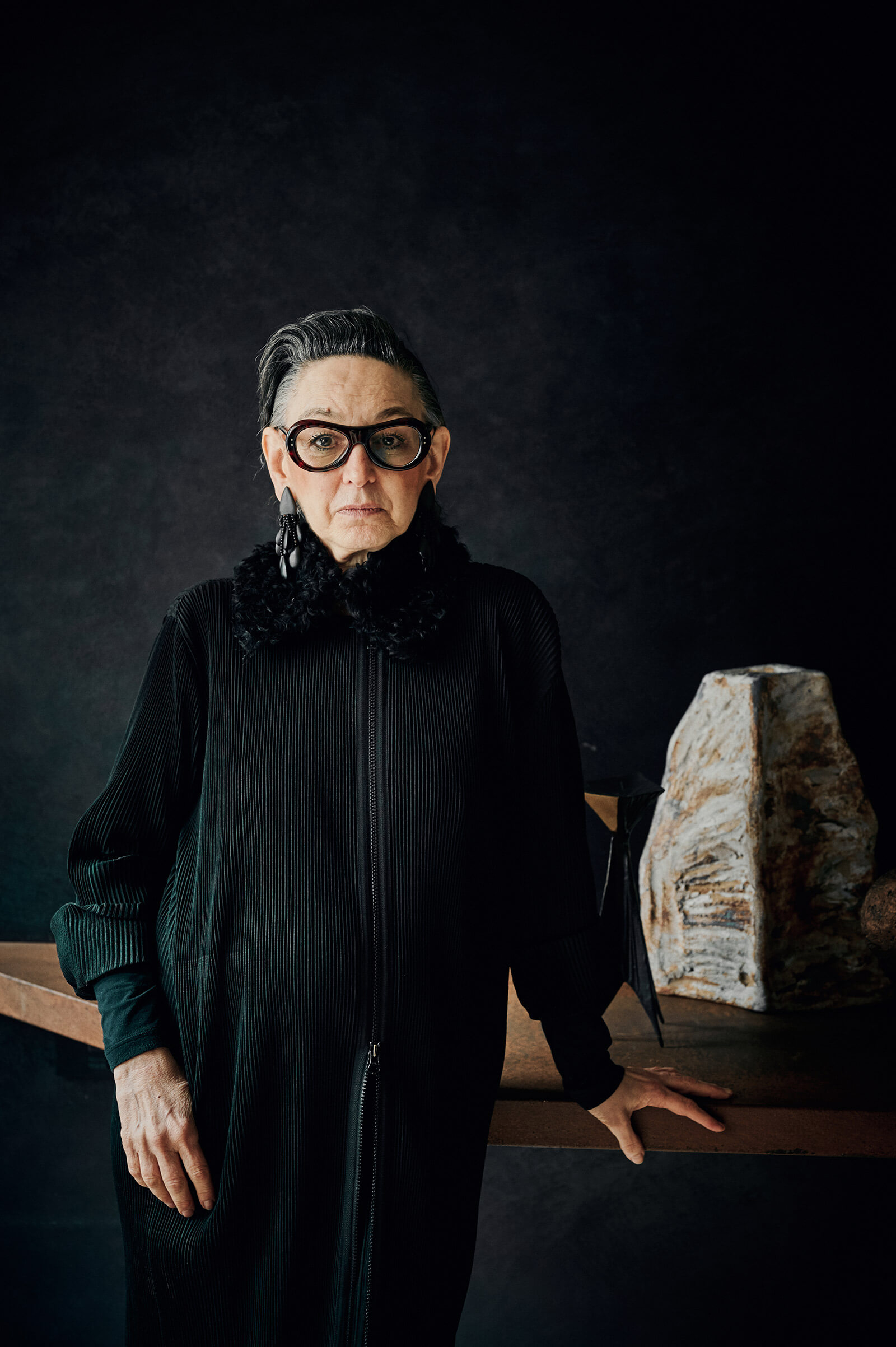
Rebecca Willer
PHOTOGRAPH: Sarah Weal
Willer’s passion for design stretches back to a childhood spent with culturally inquisitive parents: “My father was a diplomat. We moved around the States a lot and later to Brussels. He always asked himself, ‘What are the most special artefacts of the local culture?’ ‘What can we ship back?’” Willer’s first contact with modern design was her parents’ collection of midcentury furniture by Eero Saarinen and Arne Jacobsen. “My mother was interested in museums,” she continues, “In Brussels, she and I would visit the Stoclet Palace, designed in the Viennese Secession style by Josef Hoffmann. I was always interested in art at school but was also academic. I was a good girl and pleased my father by bowing to that terrible middle-class pressure to find a profession on the understanding that you can do the other stuff later.”
After qualifying as a solicitor, Willer worked in the City for many years. “I was the first woman allowed in the dining room of the Baltic Exchange,” she recalls, “But after I had my second child I wanted to work part-time, which was unheard of then.” All the while she continued to pursue her interest in design. “I was always involved in building projects, including restoring a crumbling Sir Robert Taylor house in Wiltshire in the 1980s,” she said, “This has contributed greatly to my knowledge of design history. These projects also involved adding a final layer of objects and art – the genesis of the gallery.”
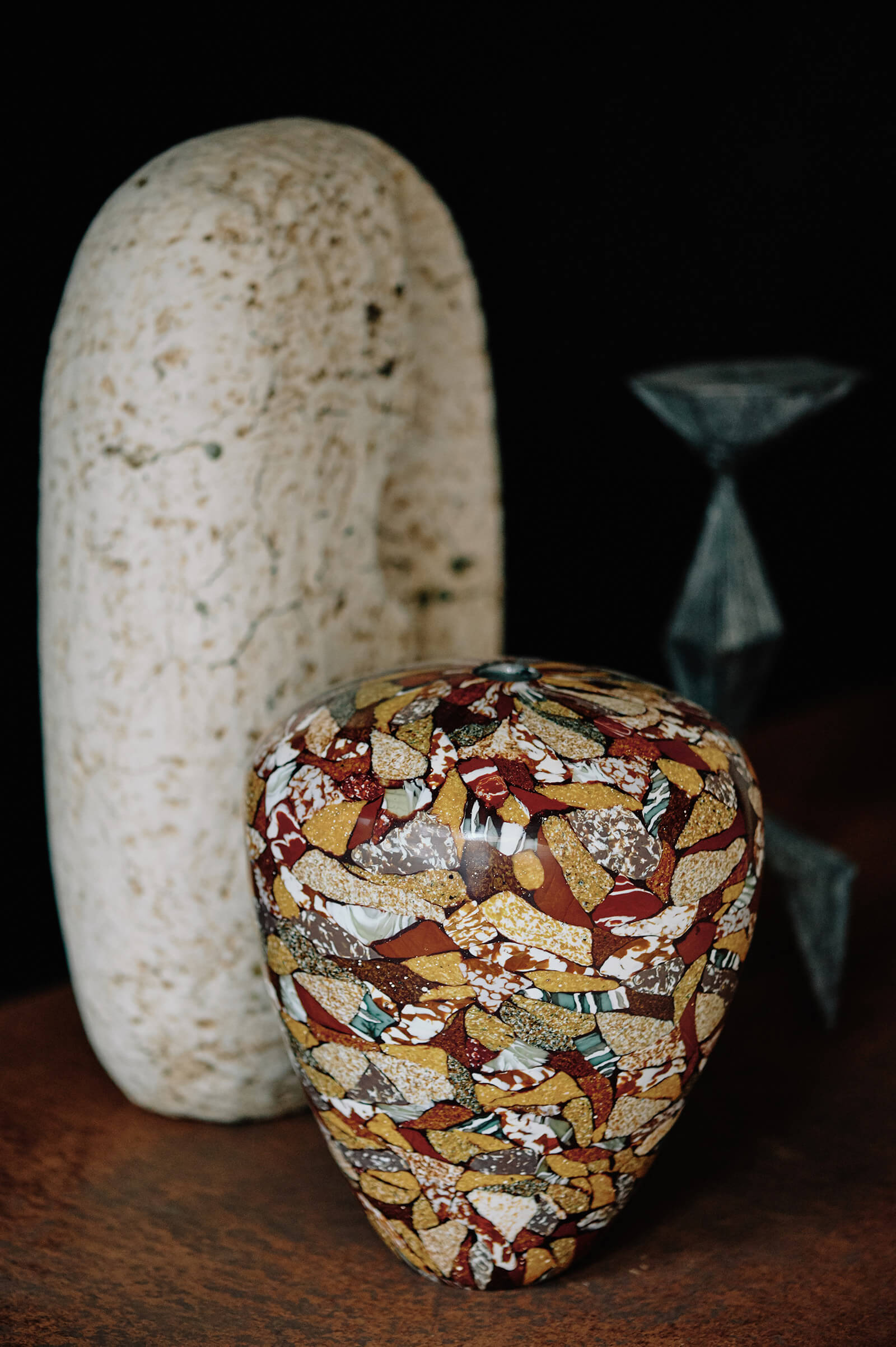
From left to right: Paul-Philp, ceramic; Massimo Micheluzzi, murano glass
PHOTOGRAPH: Sarah Weal
“I believe that if things are timeless and beautiful they sit together well — however
different they are”
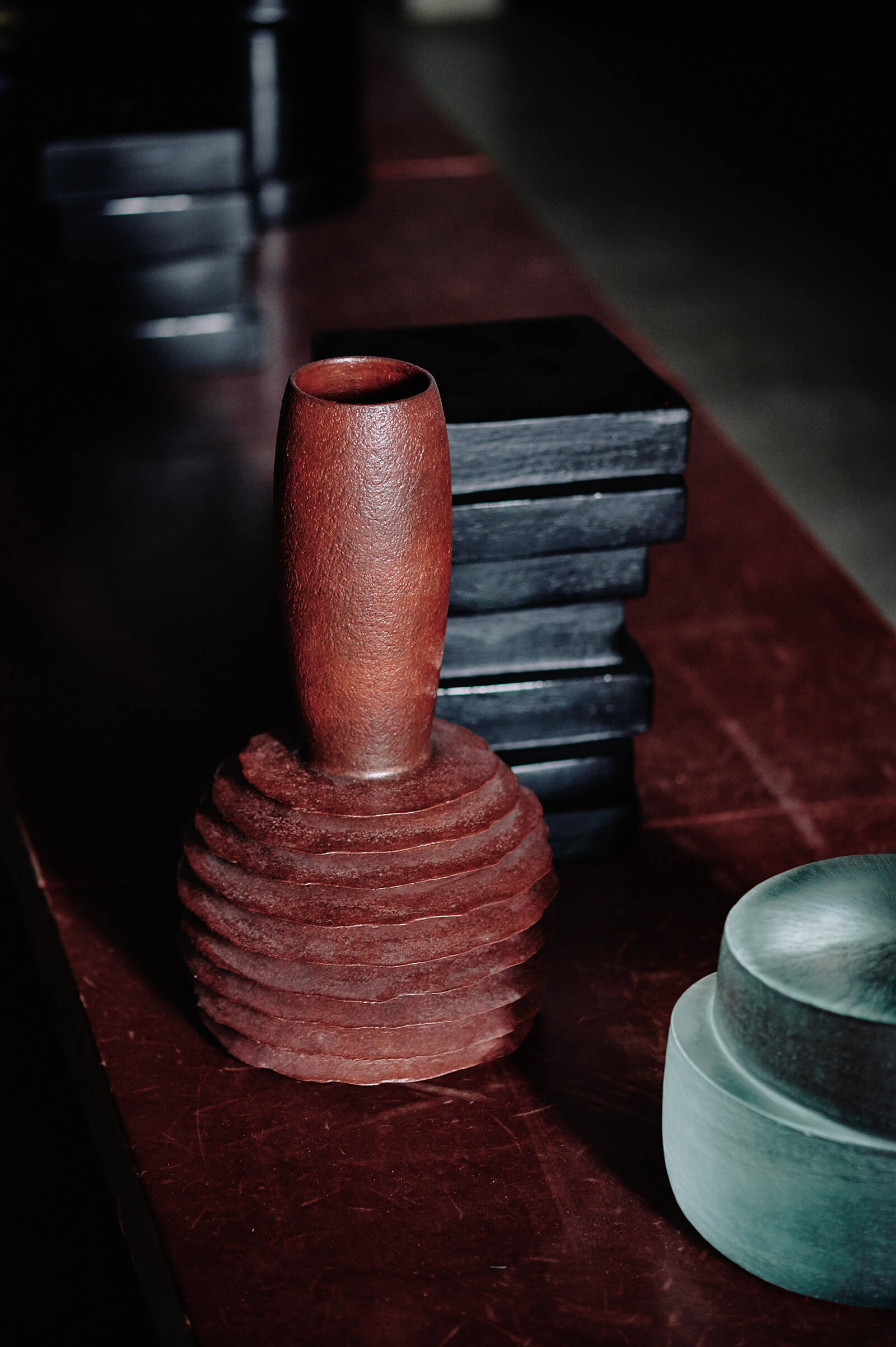
From left to right: Sandra Davolio, ceramic; Massimo Micheluzzi, architectonic murano glass
PHOTOGRAPH: Sarah Weal
“I was determined that the pieces weren’t displayed behind glass — I want people
to pick them up, touch them, understand them”
Before establishing her gallery, Willer was approached by a friend who was a film director, who suggested she used her home as a location for fashion and interiors shoots. “Photographers and stylists would say there was no need to bring props as the house had great things in it already. So I thought, ‘Why don’t I turn being a sourcer’s sourcer into a business and open a gallery?’”
Key exhibitions at Willer to date have included one on Paul Philp in 2004. “His pieces have very subtle textures,” says Willer. Their seemingly simple but highly complex shapes are rooted in antiquity, yet are of the present. I collected them before opening the gallery and his work was at the forefront of my mind when thinking about the types of artists and pieces I wanted to show.” In 2007, she held an exhibition of the work of Venetian glass artist Massimo Micheluzzi whose ‘Mosaico’ pieces are inspired by the terrazzo floors of Venice’s ancient palazzos and the city’s traditional murrine technique. The complete series of Chadwick’s candelabra was exhibited in 2012. “I like the fact that you can see the structure clearly in his work,” says Willer. “Many of his pieces were conceived for domestic use, but that doesn’t mean they’re mundane.”Â
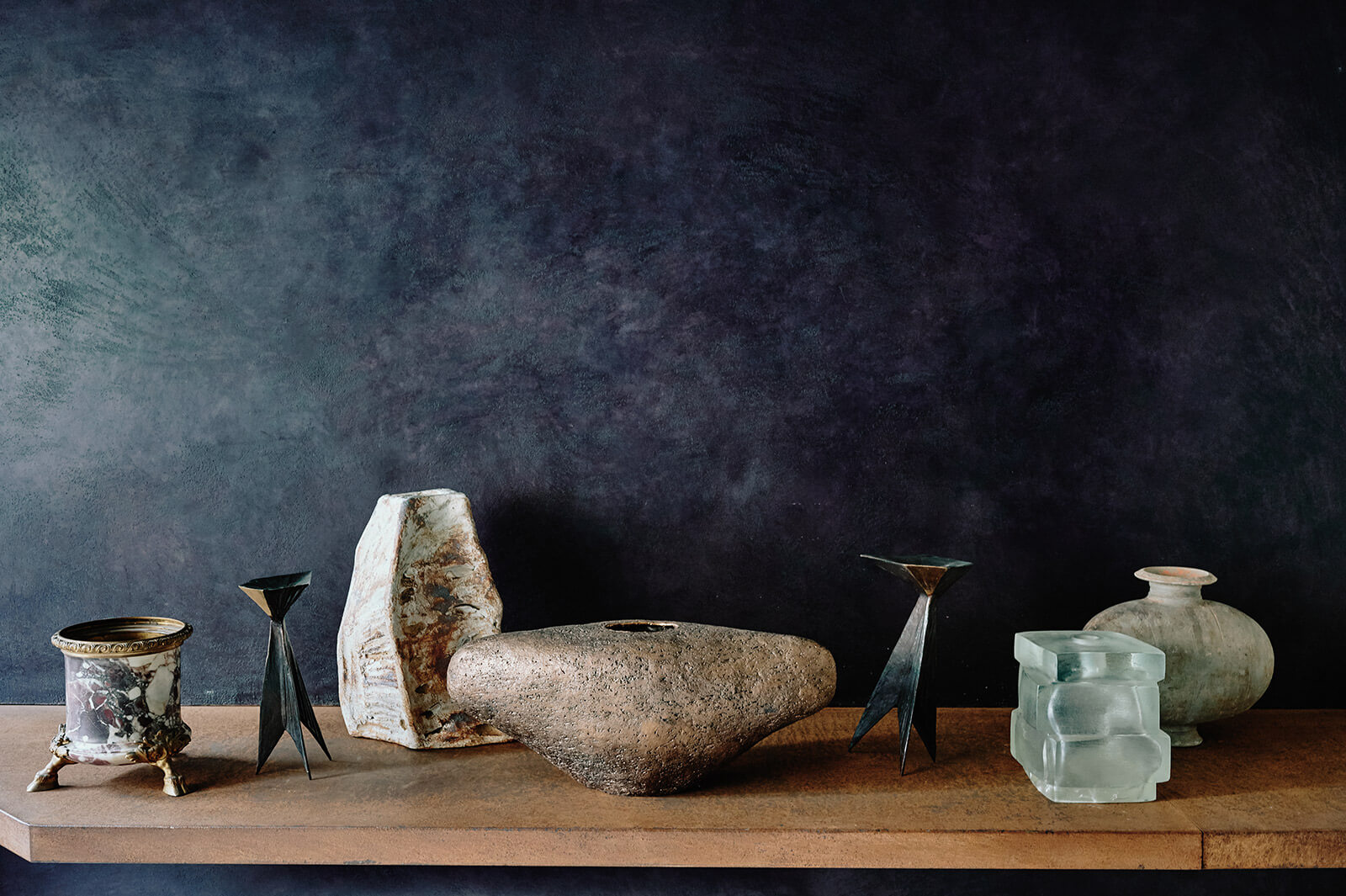
From left to right: vintage jardinière (personal collection); Lynn Chadwick, candlestick; Fiamma Colonna Montagu, ceramic; Abigail Ozora Simpson, ceramic; Lynn Chadwick, candlestick; Massimo Micheluzzi, architectonic murano glass; Abigail Ozoro Simpson, ceramic
PHOTOGRAPH: Sarah Weal
Willer also shows the furniture of American architect and designer Philip Michael Wolfson and French designer Paul Mathieu and frequently works with them. Wolfson worked as Head of Design for Zaha Hadid for ten years, and his sculptural work, made of wood, glass, metal, stone and carbon fibre, is inspired by geometry. His origami-inspired ‘XY’ collection – a marble-topped rusted steel console and patinated steel bench – and ‘T-X’ series, comprising a patinated steel and bench, were exhibited at Willer in 2014. The same year, Willer held a show of Mathieu’s slender, hand-cast bronze ‘Aria’ furniture and lighting, which was inspired by a commission to design furniture for a church in Aix-en-Provence. “Mathieu’s elegant ‘Aria’ range is a sophisticated, contemporary take on archetypal shapes used since the time of ancient civilisations, from Egypt to Greece,” Willer reflects. Mathieu shows his work in the UK exclusively with Willer, who launches new pieces every 12 to 18 months.
Above all, Willer is concerned that visitors to her gallery do not feel intimidated. The interior designers who seek her out are often accompanied by their clients. “Many are interested in design but sometimes think they don’t have anything to contribute as they’ve hired a designer for their expertise,” says Willer. “But the gallery is a relaxed, non-pressured environment, and often they look around and spot things they like. I like to think everyone feels uplifted here, as they do when at an exhibition.”
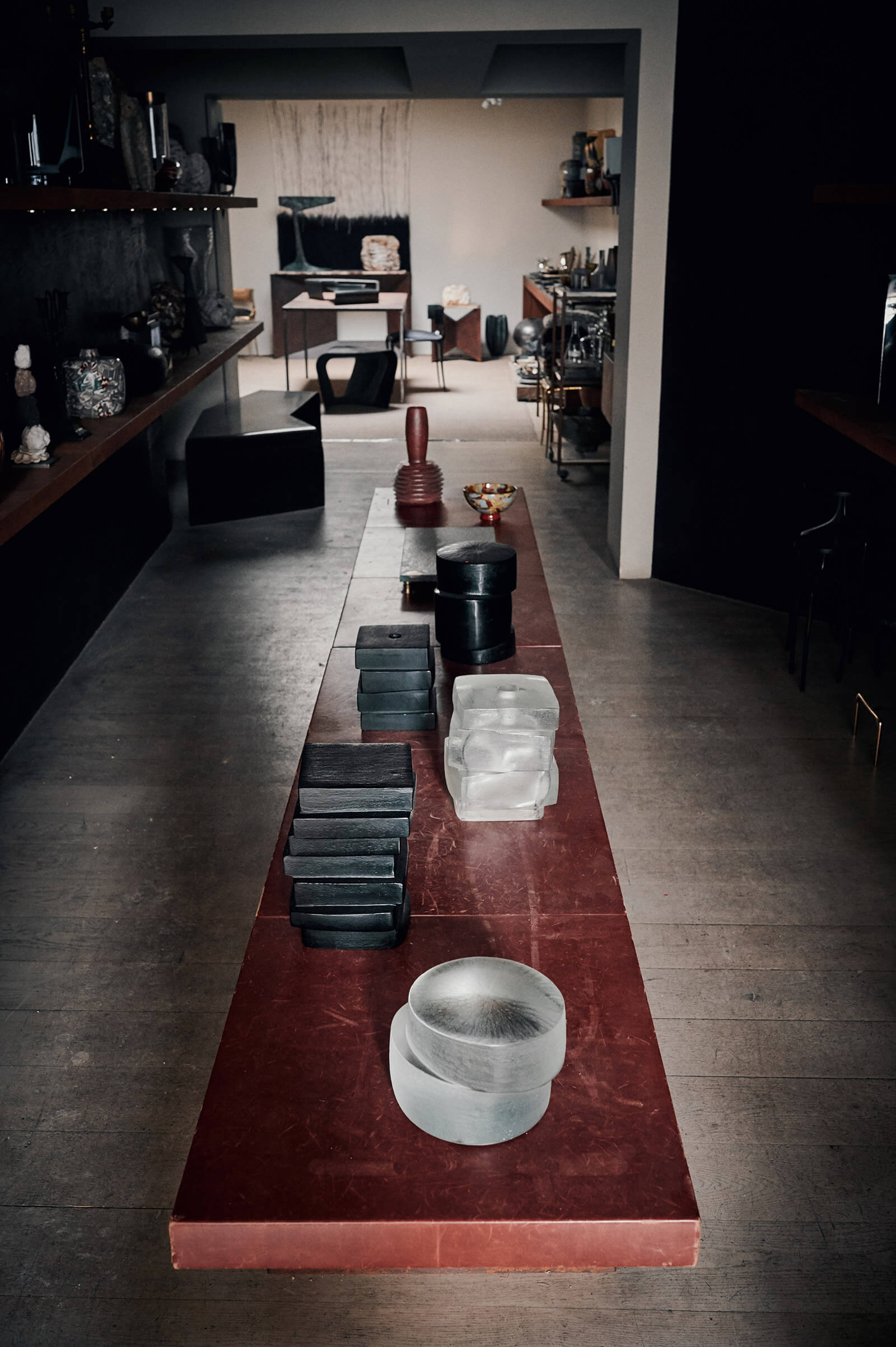
Front to back: Massimo Micheluzzi, architectonic murano glass; Sandra Davolio, ceramic
PHOTOGRAPH: Sarah Weal
Willer – reflecting a unique approach to design and art for interiors.




